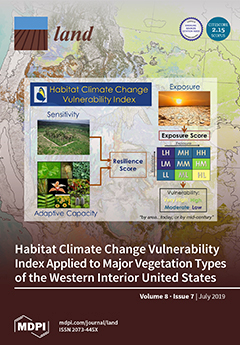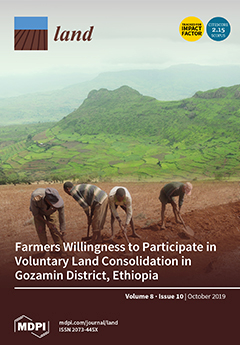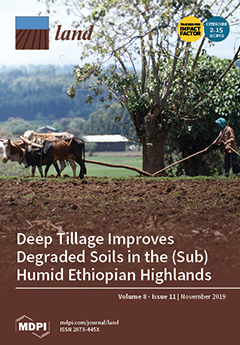Assessment of Land Cover Changes in the Hinterland of Barranquilla (Colombia) Using Landsat Imagery and Logistic Regression
Barranquilla is known as a dynamically growing city in the Colombian Caribbean. Urbanisation induces land use and land cover (LULC) changes in the city and its hinterland affecting the region’s climate and biodiversity. This paper aims to identify the trends of land use and land cover changes in the hinterland of Barranquilla corresponding to 13 municipalities in the north of the Department Atlántico. Landsat TM/ETM/OLI imagery from 1985 to 2017 was used to map and analyse the spatio-temporal development of land use and land cover changes.









